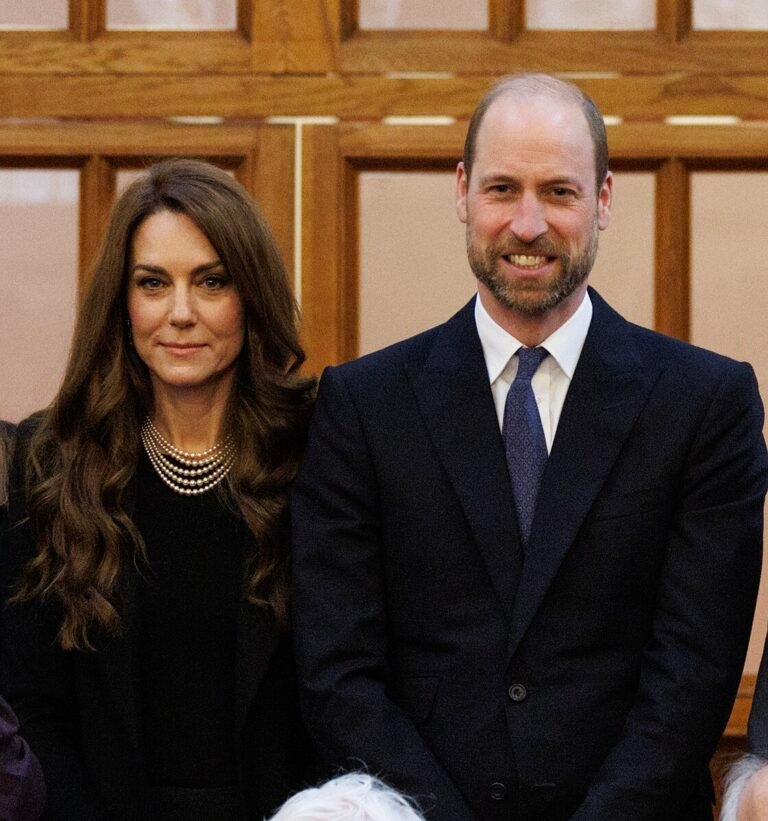The base rate has been cut by the Bank of England to 5% from 5.25%. Although this spells some relief to many businesses and borrowers, it is a rather limited move, leaving many to still face high borrowing costs.

The Bank of England agreed a small but important reduction in UK interest rates by 0.25% on Thursday, lowering the base rate from 5.25% to 5%. A narrow vote on the reduction—five to four—on the monetary policy committee gave the go-ahead. Though small, it represents a cautious turn after four years of high rates that followed the pandemic and the shock to energy prices because of Russia’s invasion of Ukraine. It follows a similar move by the European Central Bank in June, and hints from the Federal Reserve about possible US rate cuts in September.
This interest rate cut could be a hint that central banks are getting more confident that the worst of the post-pandemic inflation and the cost-of-living crisis are truly over. That confidence is tentative. According to the Bank of England’s governor, Andrew Bailey, in the second half of this year, inflation may rise before it declines. That probably limits any further cuts in 2024 to just one more.
The news is not so good for savers, however, as it means lower returns on their savings. Nevertheless, it partly relieves businesses which were forced to borrow money in order to make it through the spike in energy costs. Both businesses and households, however, will also continue to be hit by high interest rates compared to previous years. Only two years ago, in December 2021, the base rate was only 0.1%. It had previously gone up several times to 5.25% in August 2023 before a slight cut on Thursday.

To house buyers who are trying to buy, the rate cut is small sweet news but not a game-changer. Tracker mortgagees will find their housing cost slightly reduced. On the other hand, for those at fixed-rate mortgages and particularly at higher rates, the cost has remained the same. Lower fixed-rate who their mortgages are due to reach the end shortly will have increased costs since their rates rise to adjust to the current high levels.
In a Thursday tweet, Prime Minister Rishi Sunak wrote that this cut in the rate, in itself, constitutes proof that Labour inherits a strong economy from Conservatives. That really is a bit of a stretch. The rate cut could more realistically show an economy that very gradually improves but is still pestered by low growth, low investment, and cuts to public spending. It does, however, give Labour a small boost in that it aligns with their commitment to kickstart economic growth. It also emerged yesterday that the Bank of England has said that recent public sector pay awards do not point to higher inflation, another fillip for Labour’s economic plans.

The implications of this rate cut should not be downplayed. The way the economy has been managed was central to the recent election and remains one of the main partisan battlegrounds. All the argy-bargy of politics notwithstanding, the fact is that firms and households continue to bear high costs in the real economy.
This latest rate cut may be cheering news for some of those who have groaned under high borrowing costs, but actually, it doesn’t alter things much for most people. For instance, small businesses that borrowed at the height of the energy crisis will find some relief, yet they will still pay substantial interest. For households trying to balance their budgets, it might be the case that immediate costs could be slightly lower, but the financial pressure on wallets remains broadly the same.
Besides the continuous financial pressure, it’s really part of a wider trend as central banks all try to find a way out of the COVID-19 crisis. The reduction from the European Central Bank in June and the possible one by the Federal Reserve in September reflect such a trend and mirror cautious optimism at the global level regarding the economic recovery.
Although the 0.25% interest rate cut by the Bank of England is in the right direction, it is not really a solution for the larger problems that are being faced by the UK’s economy. It makes very temporary provision for some relief while leaving others to fight alone against the advanced cost of borrowing, coupled with uncertainty in the economy. As the year wears on, the Bank shall carefully watch inflation and other economic pointers to decide further cuts in rates.

Though the interest rate cut does represent somewhat of a ray of hope for businesses and households alike, it goes without saying that the journey back to full economic recovery will still be quite protracted. There is only a little gain, and most of them will still have to bear a heavy burden of financial pressures. It means the approach of the Bank of England is very cautious, maneuvering between stimulating economic growth and fighting inflation—a tightrope act that it will find quite difficult to negotiate over the coming months.











